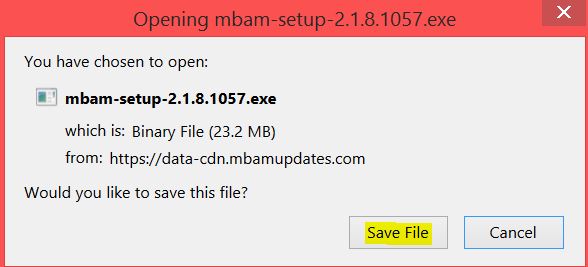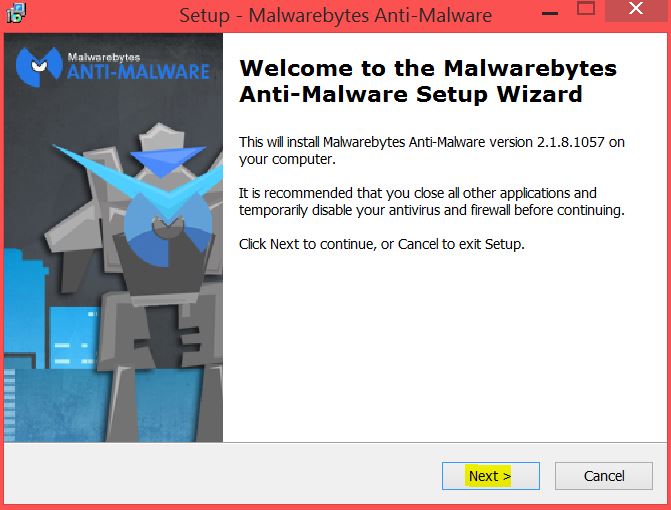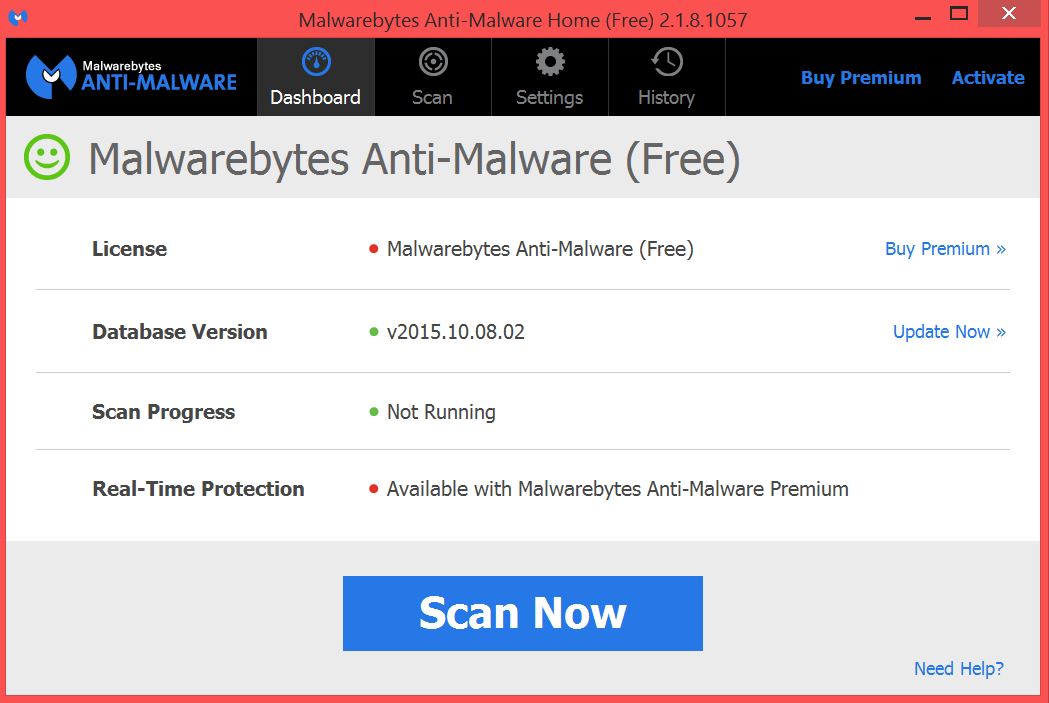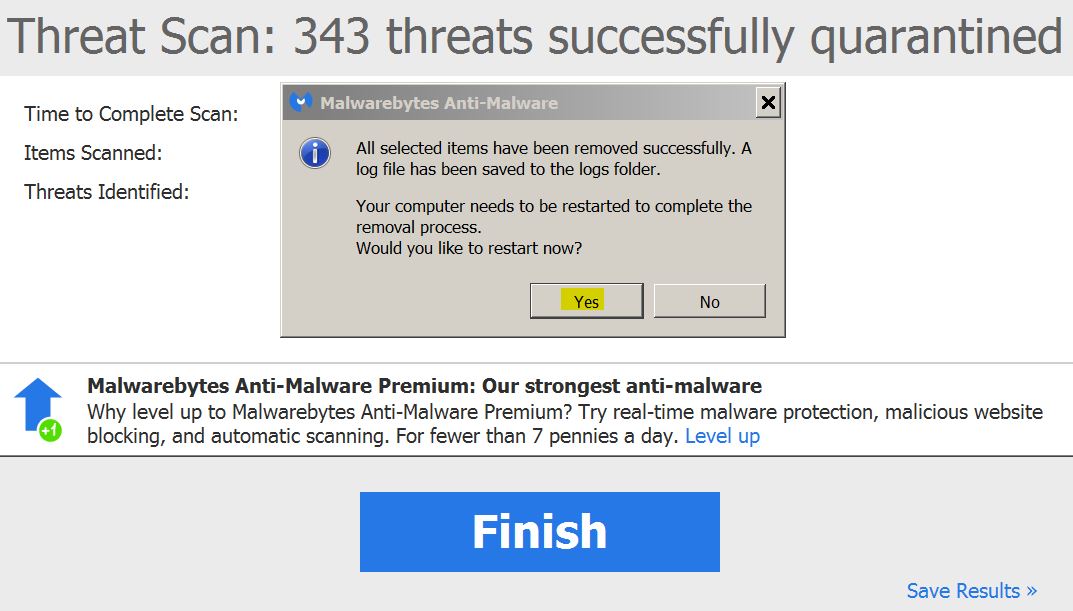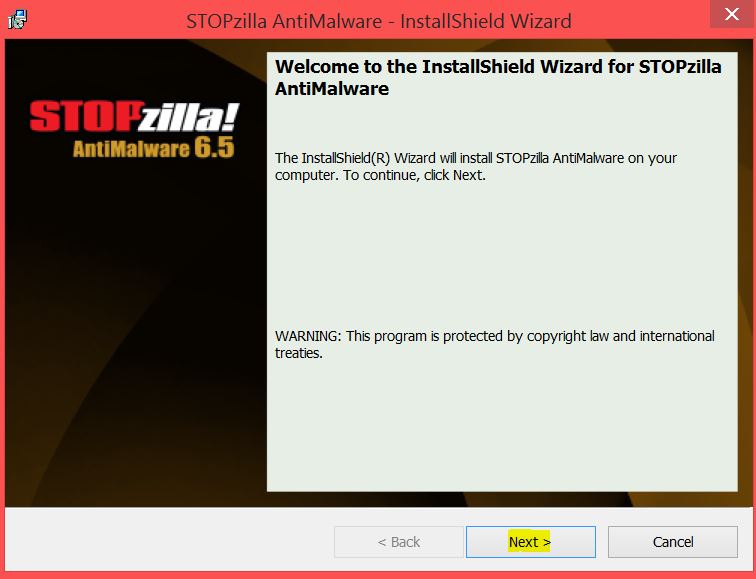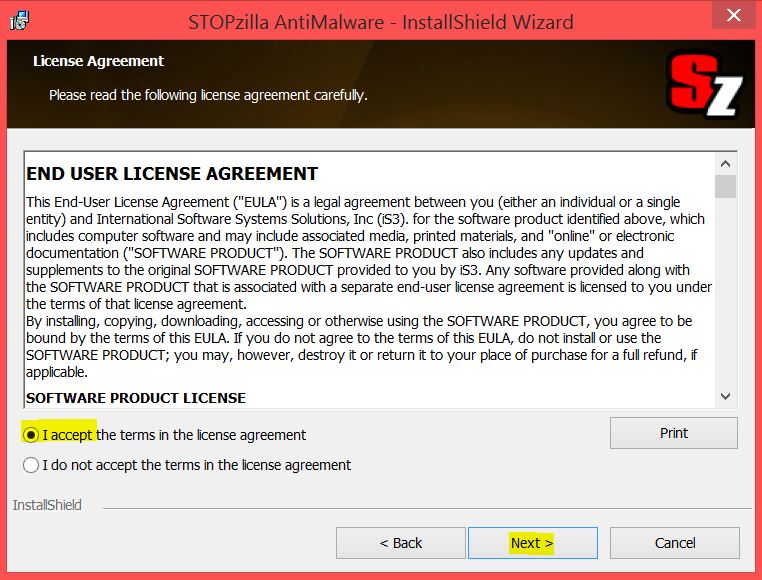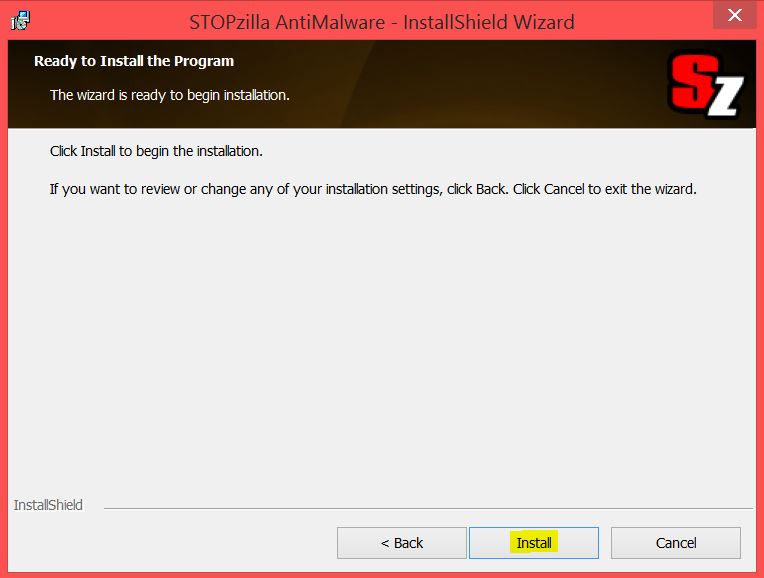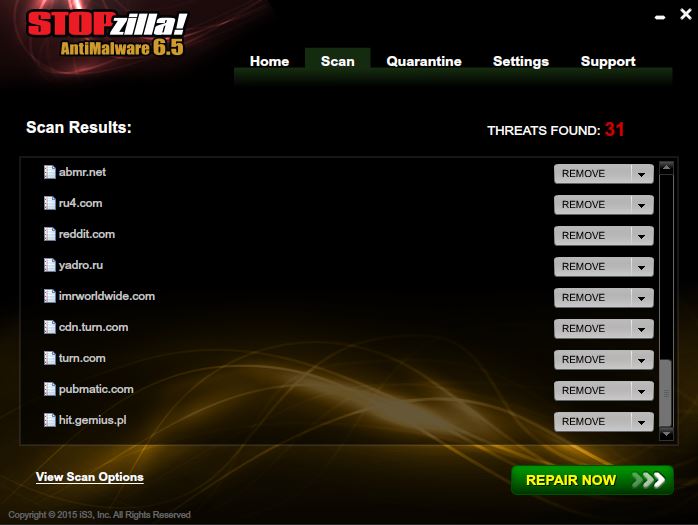Loioir is a type of malware that has been reported to cause severe Denial-of-service attacks. The malware drops its payload modules in Windows folders and modifies Windows Registries so that the malware runs every time Windows is booted up. It may use a computer as a part of an organized DDoS attack. Such types of attacks are very common against organizations and users’ PCs are the perfect cover. All users who witness slow internet connection and suspicious behavior as well as high network utilization on their system should immediately scan it for the Loioir DDoS malware.
| Name | DDoS:Loioir |
| Type | DDoS malware |
| Short Description | The malware may conduct DDoS attacks from a compromised computer |
| Symptoms | The user may witness PC slowdowns as well as unusually high network utilization in Windows Task Manager. |
| Distribution Method | Via malicious URLs or files.. |
| Detection Tool | Download Malware Removal Tool, to See If Your System Has Been Affected by malware |
| User Experience | Join our forum to discuss DDoS:Loioir. |
Loioir DDoS Malware – How Did I Get Infected
This cyber threat may spread via malicious files sent directly onto the user’s PC from other users via attachments on email messages or indirectly via malicious links spammed online. It may also spread via other malware such as Trojan.Downloaders. They may send system information to remote hosts, such as the OS version, type of anti-malware protection, etc. to assist Loioir to drop its payload while being undetected.
Loioir DDoS Malware – How Does It Work
Once it has been activated onto the victim’s computer, the virus begins to drop its malicious modules onto critical system folders, such as %AppData% and %Temp%. The files being dropped may be named the following:
- cache.exe
- genx5.exe
- {random letters}.exe
It may modify Windows Registry Editor to make it run on system start up. Here are some examples of keys the ransomware may create with custom values and data:
→In the key HKCU\SOFTWARE\Microsoft\Windows\CurrentVersion\Run the value “cache” with data “%APPDATA%\lolclient\local store\cache.exe”
After it has set up, it may use malicious scripts that may obfuscate its files. It can also use it to modify the settings of legitimate Windows Processes, such as svchost.exe, System Idle and others.
The purpose of the malware is to use the victim’s computer in Denial-of-service attacks. Such attacks send an immense number of empty packets with a purpose to override and crash another computer system by stopping its services. Such attacks have brought big networks to their knees. Examples for this are the DDoS attacks on Gaming Sites and on the Internet’s Root Servers. This may be particularly dangerous for the user since DDoS attacks may seem as they have originated from his/her PC and there have been cases where users have had some run-ins with the law as a consequence of that.
What the malware actually does is connect to a remote host via port number 80. On of the hosts, reported by Microsoft researchers is ip-api(.)com. This may be done with the following purposes:
- Download other files or updates of the current malware.
- Receive system information.
- Receive location, language and other information.
- Act based on instructions and commands by a hacker controlling it.
- Upload information from your computer.
- Tamper with certificates.
In addition, the ransomware may create more than one mutexes on the user’s PC. This may be used as a form of unique identifier with a purpose to prevent more than a single copy of this cyber-threat that is running on your computer.
Remove Loioir DDoS Malware from Your Computer
In order to fully be rid of these malicious files from your machine, it is strongly advisable that you follow a specific methodology to isolate it before actually deleting the files. This is because the malware may be actively connected to another host and prevent you from deleting its files. Also, it is strongly recommended to use an advanced anti-malware software that will locate any associated objects with Loioir and other files it may have downloaded onto your machine.
Preparation before removing DDoS:Loioir.
Before starting the actual removal process, we recommend that you do the following preparation steps.
- Make sure you have these instructions always open and in front of your eyes.
- Do a backup of all of your files, even if they could be damaged. You should back up your data with a cloud backup solution and insure your files against any type of loss, even from the most severe threats.
- Be patient as this could take a while.
- Scan for Malware
- Fix Registries
- Remove Virus Files
Step 1: Scan for DDoS:Loioir with SpyHunter Anti-Malware Tool



Step 2: Clean any registries, created by DDoS:Loioir on your computer.
The usually targeted registries of Windows machines are the following:
- HKEY_LOCAL_MACHINE\Software\Microsoft\Windows\CurrentVersion\Run
- HKEY_CURRENT_USER\Software\Microsoft\Windows\CurrentVersion\Run
- HKEY_LOCAL_MACHINE\Software\Microsoft\Windows\CurrentVersion\RunOnce
- HKEY_CURRENT_USER\Software\Microsoft\Windows\CurrentVersion\RunOnce
You can access them by opening the Windows registry editor and deleting any values, created by DDoS:Loioir there. This can happen by following the steps underneath:


 Tip: To find a virus-created value, you can right-click on it and click "Modify" to see which file it is set to run. If this is the virus file location, remove the value.
Tip: To find a virus-created value, you can right-click on it and click "Modify" to see which file it is set to run. If this is the virus file location, remove the value.Step 3: Find virus files created by DDoS:Loioir on your PC.
1.For Windows 8, 8.1 and 10.
For Newer Windows Operating Systems
1: On your keyboard press + R and write explorer.exe in the Run text box and then click on the Ok button.

2: Click on your PC from the quick access bar. This is usually an icon with a monitor and its name is either “My Computer”, “My PC” or “This PC” or whatever you have named it.

3: Navigate to the search box in the top-right of your PC's screen and type “fileextension:” and after which type the file extension. If you are looking for malicious executables, an example may be "fileextension:exe". After doing that, leave a space and type the file name you believe the malware has created. Here is how it may appear if your file has been found:

N.B. We recommend to wait for the green loading bar in the navigation box to fill up in case the PC is looking for the file and hasn't found it yet.
2.For Windows XP, Vista, and 7.
For Older Windows Operating Systems
In older Windows OS's the conventional approach should be the effective one:
1: Click on the Start Menu icon (usually on your bottom-left) and then choose the Search preference.

2: After the search window appears, choose More Advanced Options from the search assistant box. Another way is by clicking on All Files and Folders.

3: After that type the name of the file you are looking for and click on the Search button. This might take some time after which results will appear. If you have found the malicious file, you may copy or open its location by right-clicking on it.
Now you should be able to discover any file on Windows as long as it is on your hard drive and is not concealed via special software.
DDoS:Loioir FAQ
What Does DDoS:Loioir Trojan Do?
The DDoS:Loioir Trojan is a malicious computer program designed to disrupt, damage, or gain unauthorized access to a computer system.
It can be used to steal sensitive data, gain control over a system, or launch other malicious activities.
Can Trojans Steal Passwords?
Yes, Trojans, like DDoS:Loioir, can steal passwords. These malicious programs are designed to gain access to a user's computer, spy on victims and steal sensitive information such as banking details and passwords.
Can DDoS:Loioir Trojan Hide Itself?
Yes, it can. A Trojan can use various techniques to mask itself, including rootkits, encryption, and obfuscation, to hide from security scanners and evade detection.
Can a Trojan be Removed by Factory Reset?
Yes, a Trojan can be removed by factory resetting your device. This is because it will restore the device to its original state, eliminating any malicious software that may have been installed. Bear in mind, that there are more sophisticated Trojans, that leave backdoors and reinfect even after factory reset.
Can DDoS:Loioir Trojan Infect WiFi?
Yes, it is possible for a Trojan to infect WiFi networks. When a user connects to the infected network, the Trojan can spread to other connected devices and can access sensitive information on the network.
Can Trojans Be Deleted?
Yes, Trojans can be deleted. This is typically done by running a powerful anti-virus or anti-malware program that is designed to detect and remove malicious files. In some cases, manual deletion of the Trojan may also be necessary.
Can Trojans Steal Files?
Yes, Trojans can steal files if they are installed on a computer. This is done by allowing the malware author or user to gain access to the computer and then steal the files stored on it.
Which Anti-Malware Can Remove Trojans?
Anti-malware programs such as SpyHunter are capable of scanning for and removing Trojans from your computer. It is important to keep your anti-malware up to date and regularly scan your system for any malicious software.
Can Trojans Infect USB?
Yes, Trojans can infect USB devices. USB Trojans typically spread through malicious files downloaded from the internet or shared via email, allowing the hacker to gain access to a user's confidential data.
About the DDoS:Loioir Research
The content we publish on SensorsTechForum.com, this DDoS:Loioir how-to removal guide included, is the outcome of extensive research, hard work and our team’s devotion to help you remove the specific trojan problem.
How did we conduct the research on DDoS:Loioir?
Please note that our research is based on an independent investigation. We are in contact with independent security researchers, thanks to which we receive daily updates on the latest malware definitions, including the various types of trojans (backdoor, downloader, infostealer, ransom, etc.)
Furthermore, the research behind the DDoS:Loioir threat is backed with VirusTotal.
To better understand the threat posed by trojans, please refer to the following articles which provide knowledgeable details.













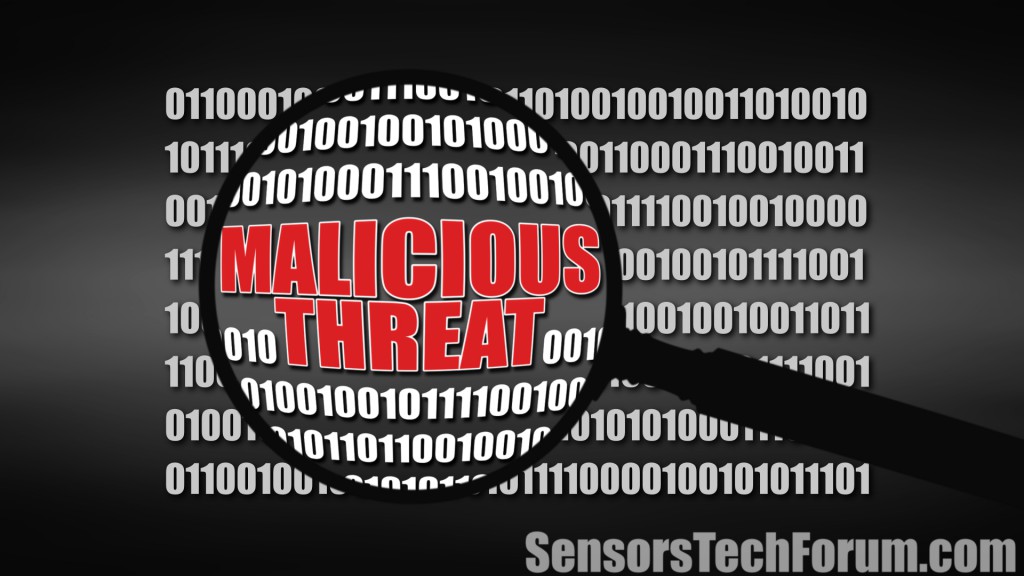
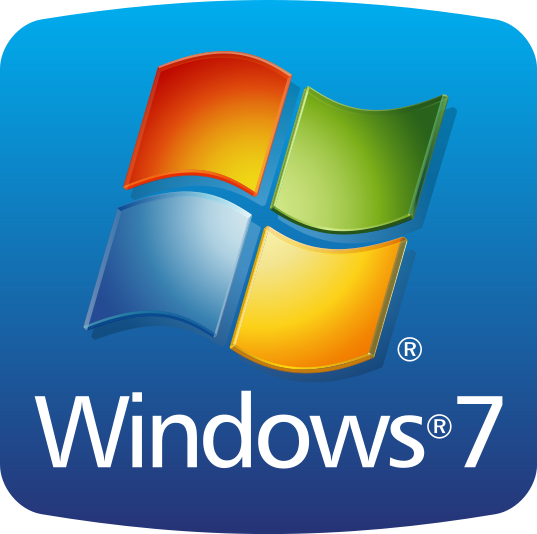 1. For Windows 7,XP and Vista.
1. For Windows 7,XP and Vista.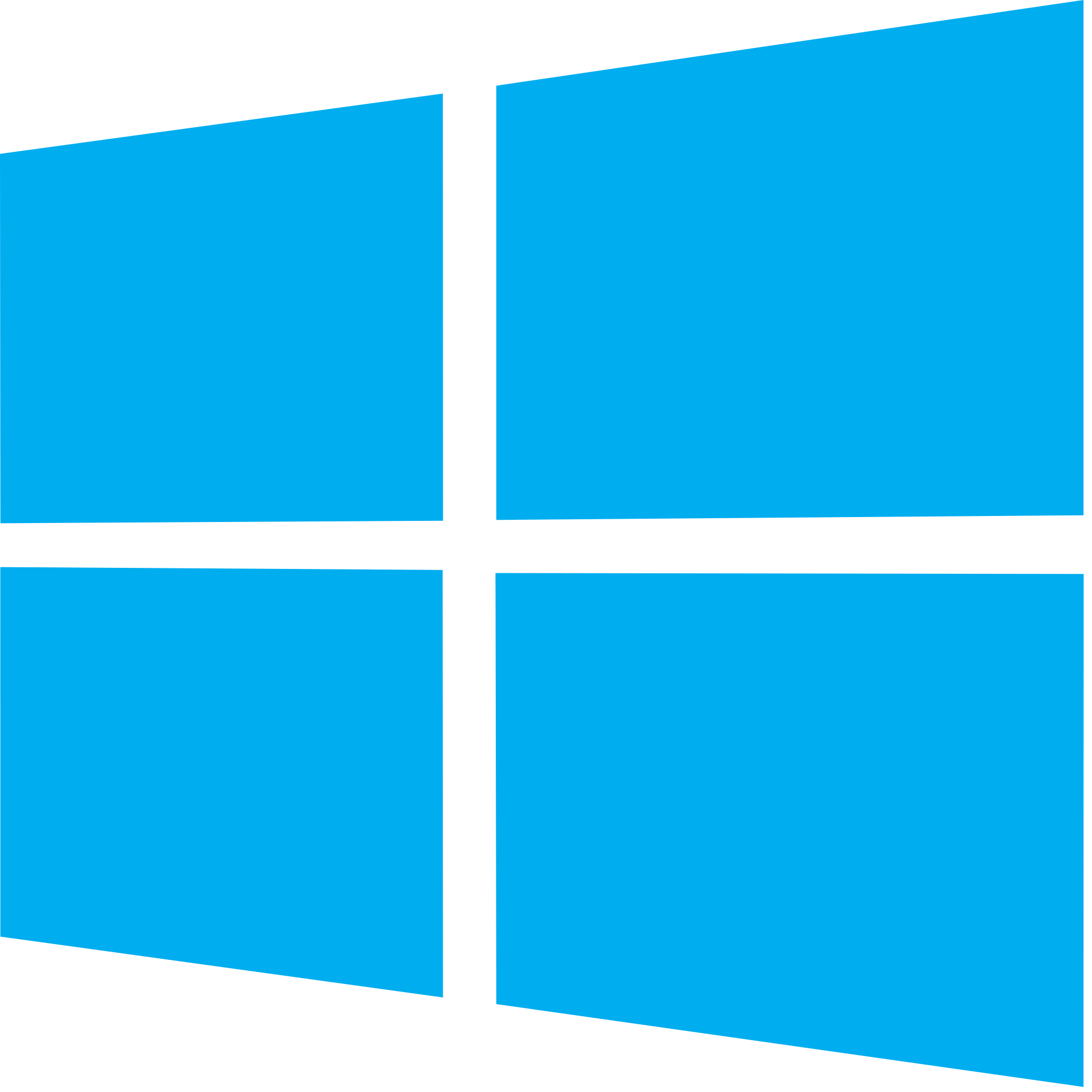 2. For Windows 8, 8.1 and 10.
2. For Windows 8, 8.1 and 10.

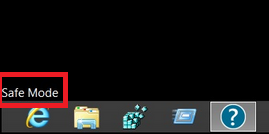
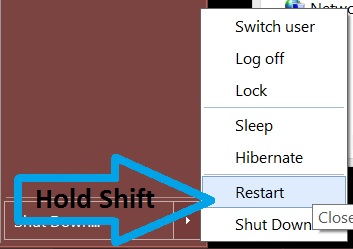
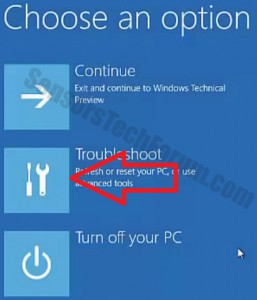
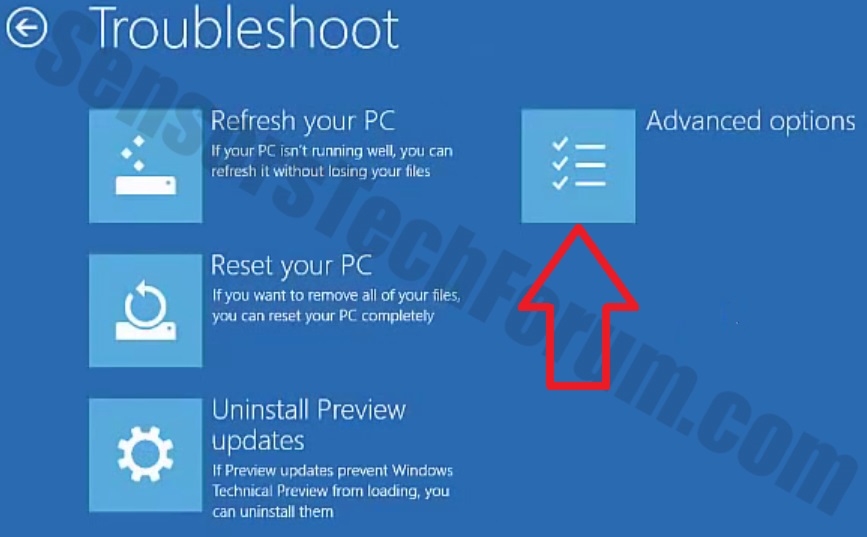

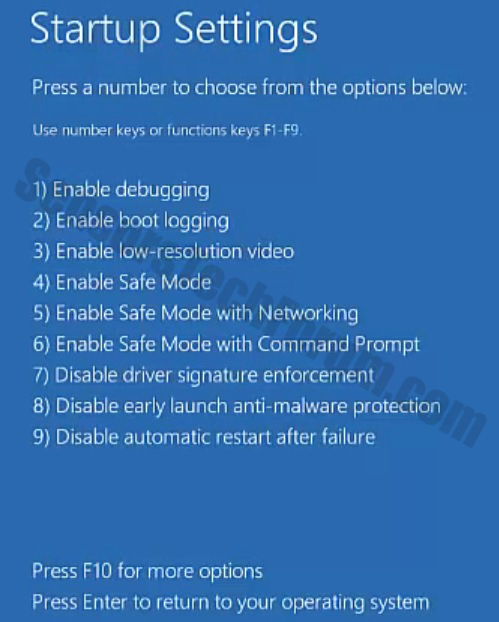
 1. Install SpyHunter to scan for and remove DDoS:Loioir.
1. Install SpyHunter to scan for and remove DDoS:Loioir.
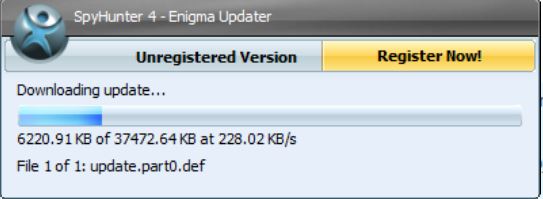

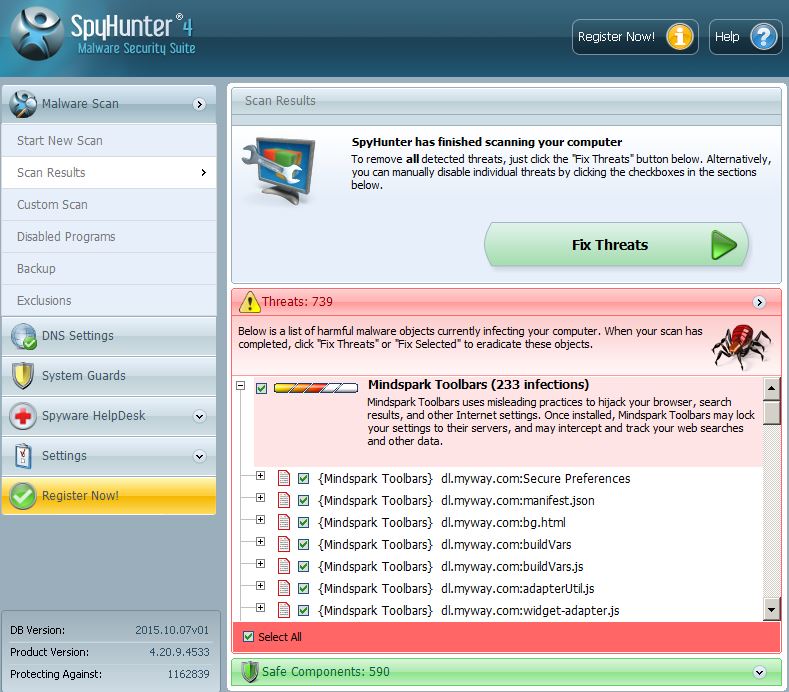
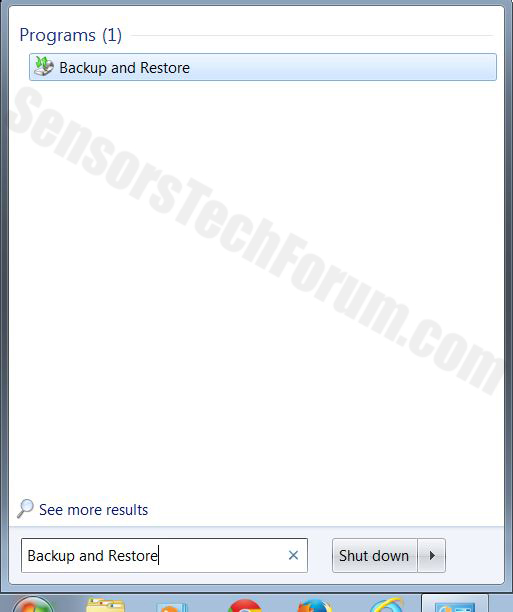
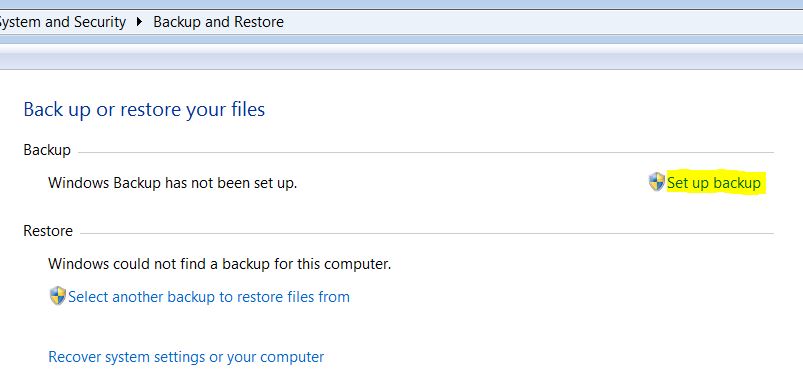
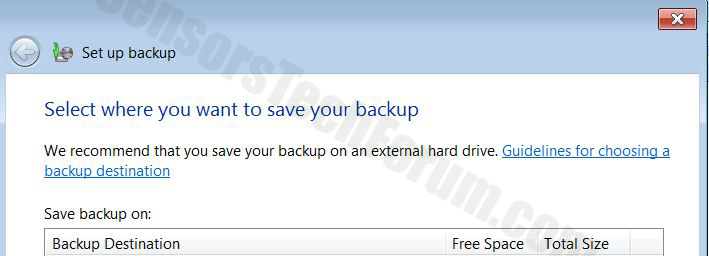
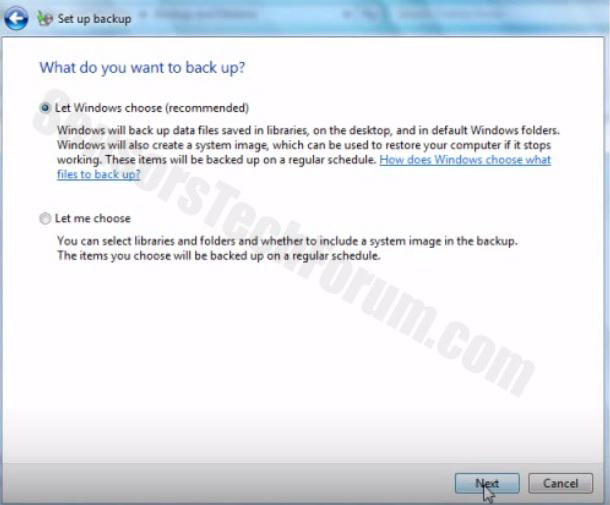
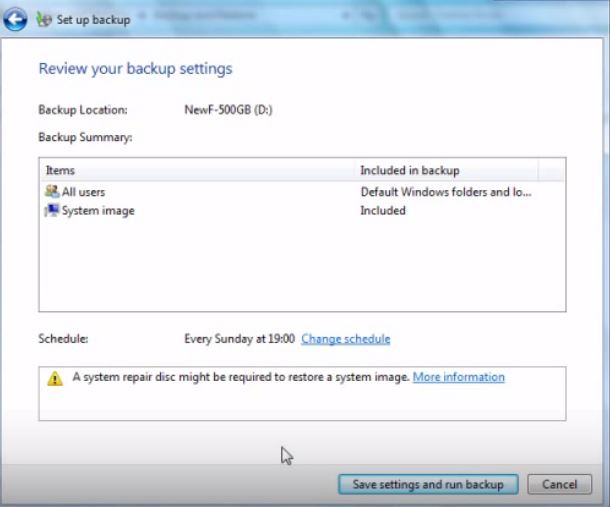

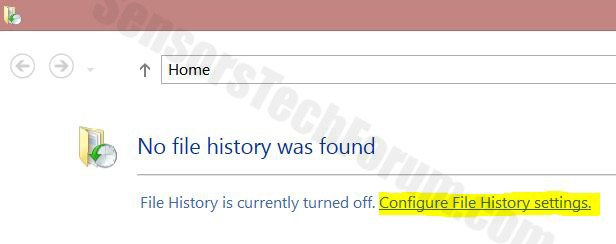
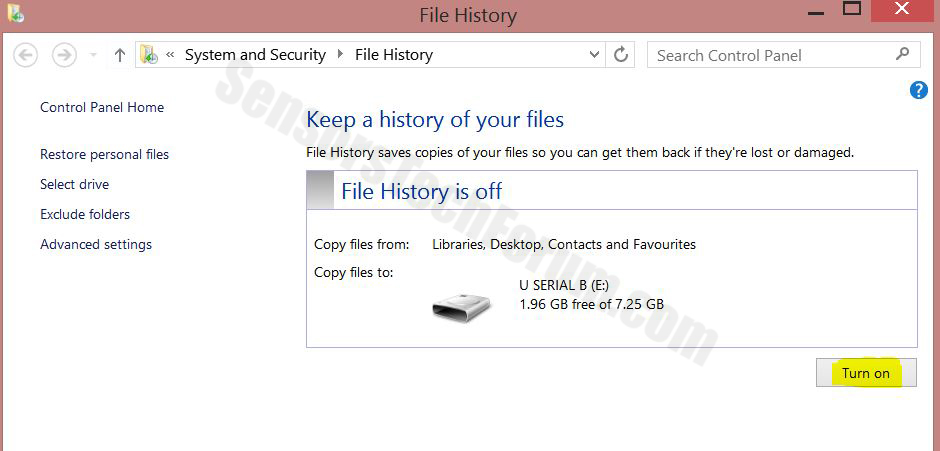



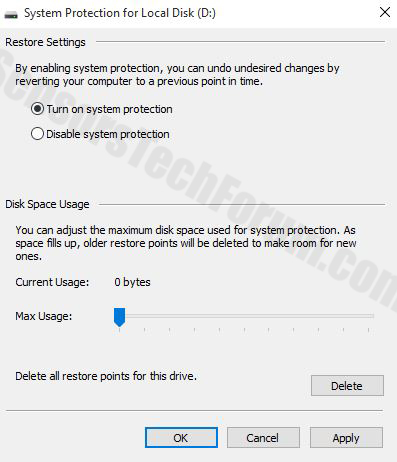
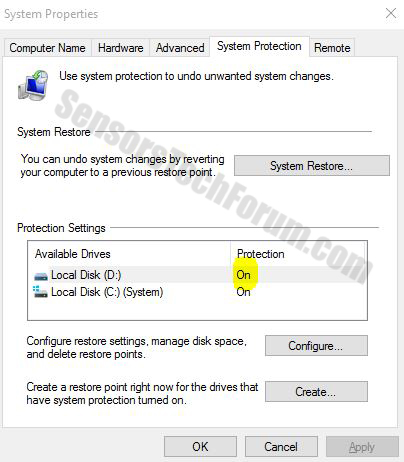
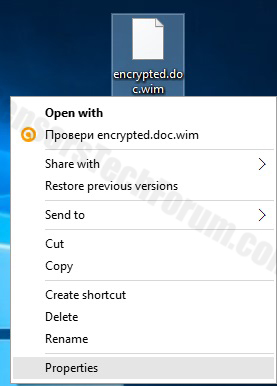
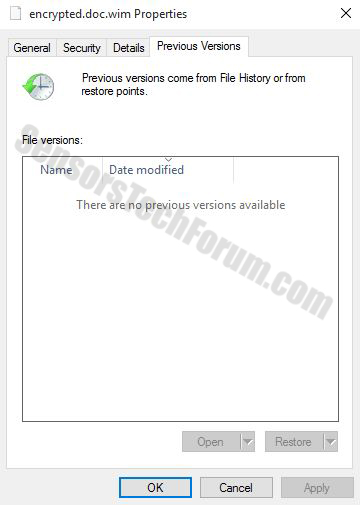
 Malwarebytes Anti-Malware
Malwarebytes Anti-Malware STOPZilla Anti Malware
STOPZilla Anti Malware